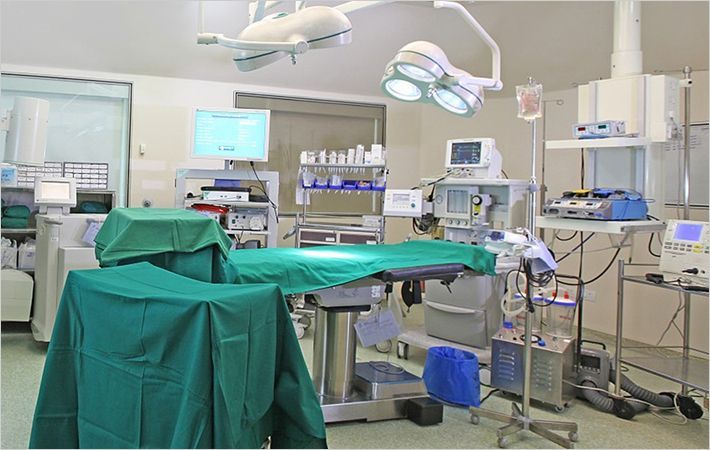Sensing the immense potential of sensors that can detect moisture, temperature and movement from electromagnetic vibrations in air, an American entrepreneur has tied up with NASA (National Aeronautical Space Agency) to weave its SansEC technology in various fabrics and paper to translate the technology into a common everyday thing.
No sooner than Susan Bernard, owner of Textile Instruments LLC saw the SansEC (without electrical connection) at the NASA Tech Days event in Cleveland than she got hooked to it.Sensing the immense potential of sensors that can detect moisture, temperature and movement from electromagnetic vibrations in air, an American entrepreneur has tied up with NASA (National Aeronautical Space Agency) to weave its SansEC technology in various fabrics and paper to translate the technology into a common everyday thing. No sooner than Susan #
It's a sensor that functions using electromagnetic vibrations in the air. The sensor itself, there is no need to plug it in or use batteries, according to an article on NASA website.
With various embroidery techniques and a multitude of fabrics, the sensors can be virtually added to existing materials, uniforms or weaved directly, creating a highly resonant sensor at a low cost with no additional weight.
Bernard and her small company in Perrysburg, Ohio, are incorporating SansEC sensors into textile products — things made of cloth and paper. A SansEC sensor, she said, can be small enough to become a virtually undetectable part of the fabric in clothing, bedding, or diapers, for example.
"They were describing sensor technology," recalled Bernard, who at the time had a five-month-old son. 'I was able to connect with the sensor characteristics, and on the spot I said, we can translate this technology to a common, everyday thing.'
Soon her company Textile Instruments LLC became a NASA licensee for the SansEC technology. The company, that employs four persons including herself, has already made a prototype blanket.
"We're able to detect moisture, temperature, and movement," Bernard said adding that R&D was working on making the sensor read heart rate.
The challenge, pointed Bernard, is to find uses for the sensors and create viable products that a consumer would use on daily basis. Venture-capital firms she was in touch with indicated that they were looking for real prototypes. “There is a demand for hardware and we have a viable path to produce them," Bernard said.
Robert Donley, Textile Instruments chief technology officer, said "our next step is to work on making advancements in the technology to bring it closer to the consumer's reach.We see an exciting passive wireless vital signs detection system on the horizon with applications in the healthcare, sportswear, and military markets."
He said future developments would be centered around improving the mobility and cost of the system, as well as long-range operation, reducing hardware package size and cost, and developing software to allow system data to be read and displayed on mobile platforms.

